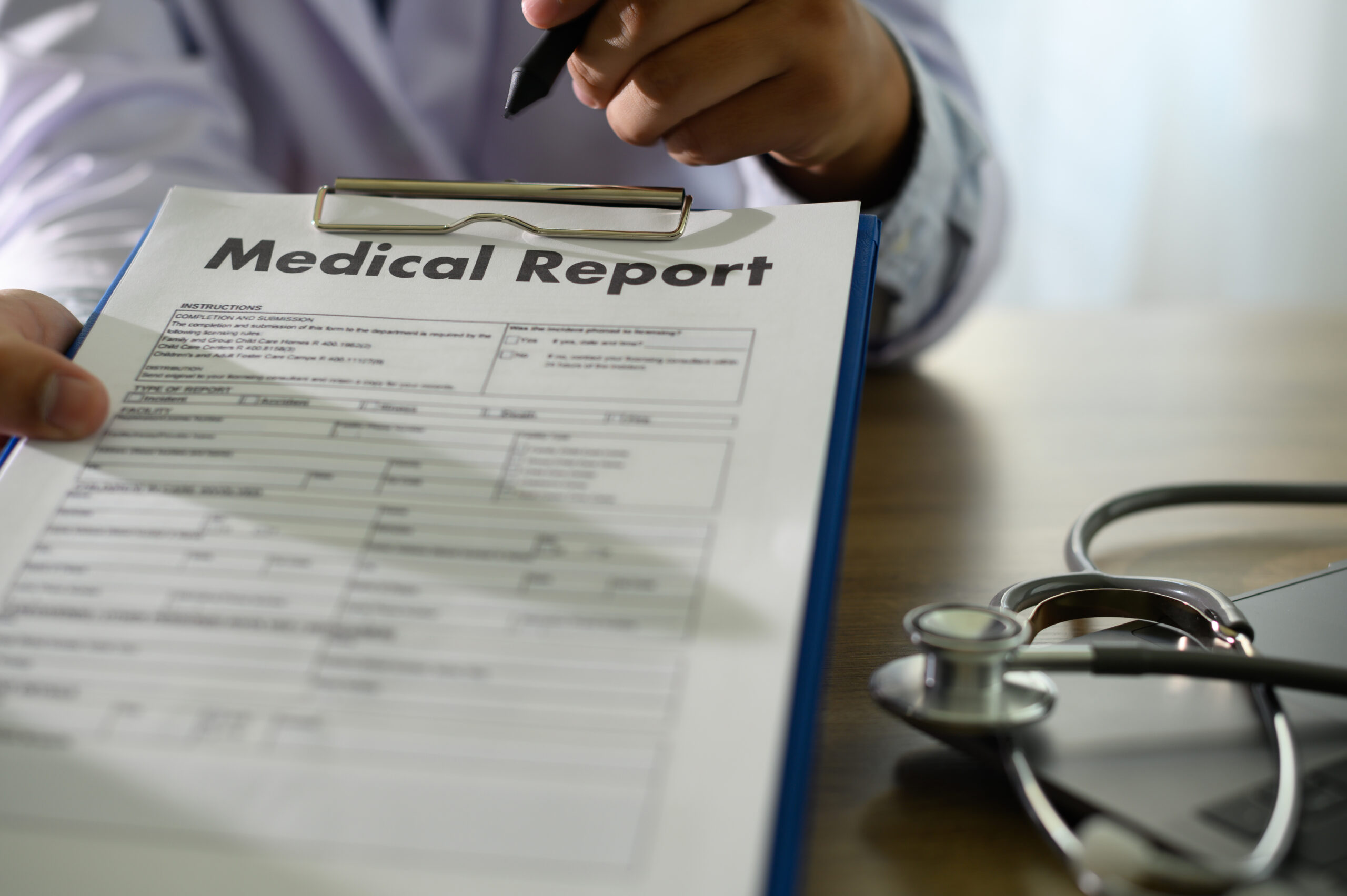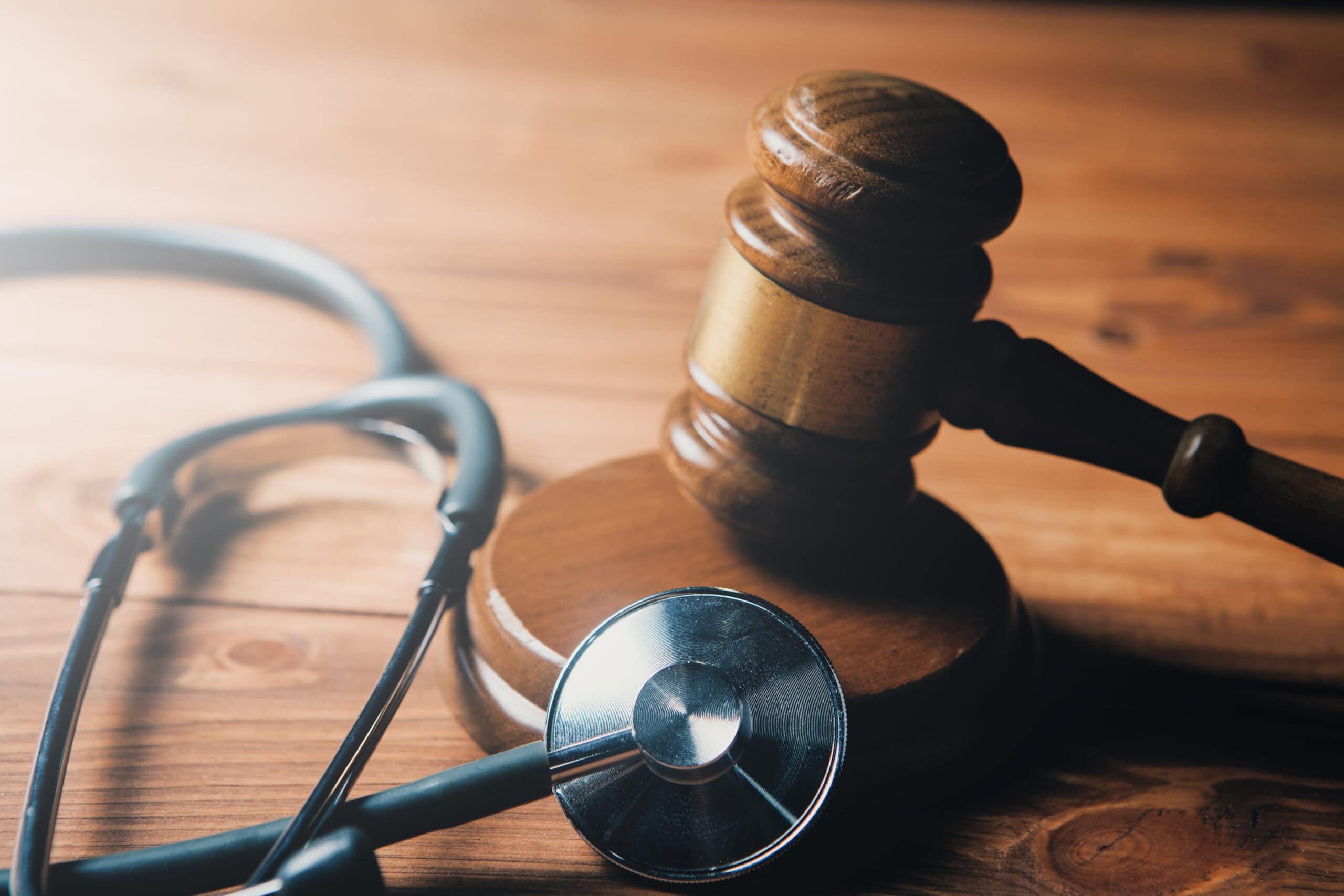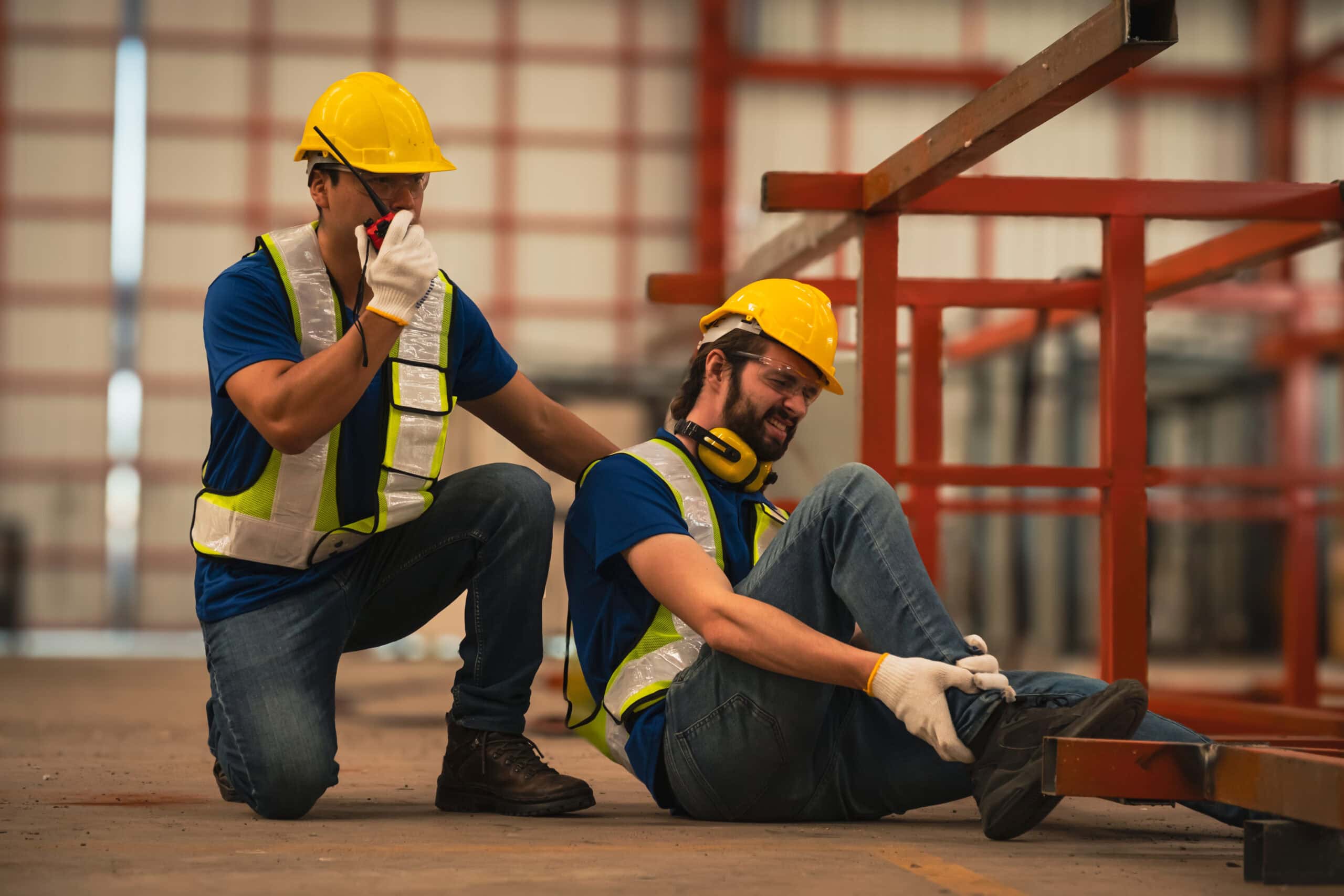Why the First Steps in Work Place Injuries Matter Most
If you’ve just been injured at work, you’re not alone. Millions of workers every year suffer injuries ranging from sudden accidents like slips, falls, or lifting injuries to slow-developing problems, such as back pain, carpal tunnel syndrome, or hearing loss.
In that first moment after you realize something is wrong, it’s easy to feel overwhelmed. You might be asking: Do I need to tell my boss? Should I see a doctor? Will this affect my job?
Here’s the truth: the steps you take immediately after an injury and in the weeks that follow can determine not only how well you heal, but also whether your claim is accepted or denied. That’s because workers’ compensation cases don’t hinge only on treatment. They hinge on medical causation.
Causation is the medical explanation that connects your injury or illness to your work. Without it, even the most obvious injury can be dismissed. Unfortunately, many doctors and even lawyers fail to document this critical link clearly. That’s why having an advocate who understands both medicine and law can make all the difference.
This article will walk you through:
– What to do right after an acute injury.
– What to do if your injury builds up over time.
– Why causation matters more than anything else.
– How to protect yourself when the system seems stacked against you.
Step 1: Report Your Injury Immediately
The very first step after an injury, whether sudden or gradual, is to report it to your employer.
– Acute injuries: If you fall, strain your back lifting, or cut your hand, tell your supervisor right away. Don’t wait until the next shift.
– Chronic injuries: If your pain has been building for weeks or months (like shoulder pain from repetitive lifting or wrist numbness from typing), don’t ignore it. Report it as soon as you suspect work may be a factor.
Delays in reporting are one of the top reasons claims are denied. Insurance companies love to argue that if you didn’t report it immediately, it must not have been work-related. Protect yourself by creating a paper trail early.
Step 2: Seek Medical Attention, and Make Sure the History Is Right
After reporting, you’ll likely be sent to a company-approved clinic or doctor. Here’s the critical part: what you tell the doctor becomes the official history of your injury.
Why this matters:
– If you just say “my back hurts” without explaining it started when you lifted a heavy box at work, the record may not connect the pain to your job.
– If you say “I don’t know what happened, but it happened at work,” that sounds uncertain and will almost always weaken your case.
– If you mention prior aches but don’t explain how the new pain is different, worse, or clearly linked to your job task, your claim may be chalked up to “preexisting conditions.”
Instead, always describe:
1. The exact mechanism of injury (e.g., “While lifting a 40-pound box, I twisted and immediately felt sharp pain in my lower back”).
2. The timeline (when the symptoms began and how they worsened).
3. The impact on your work (specific tasks you can no longer perform).
Remember: vague or uncertain statements can cost you your claim. Precise, confident descriptions protect both your health and your case.
Step 3: Understand the Difference Between Acute and Chronic Injuries
Not all work injuries look the same, and the system often treats them differently.
– Acute injuries: Easy to see and explain — a fall, a cut, a crush injury. The cause is usually obvious.
– Chronic injuries: Much harder to prove — back pain from years of lifting, shoulder tears from repetitive overhead work, hearing loss from years of machine noise. These often get dismissed as “wear and tear” or “age-related.”
But here’s the problem: work can aggravate or accelerate these conditions, and under the law, that’s still a valid work injury. The challenge is proving it through medical causation.
Step 4: Know Why Medical Causation Is Everything
Medical causation is the bridge between your injury and your job. Without it, your case falls apart.
Causation asks:
– Was your work the prevailing factor (in Missouri and many other states) in causing your injury?
– Did your job duties aggravate or accelerate an existing condition?
– Does the mechanism of injury make sense medically? (e.g., twisting while lifting a box causing a disc herniation).
This is where many cases go wrong:
– Doctors may treat your pain but never document whether it’s work-related.
– Lawyers may focus on legal arguments but lack the medical detail to prove causation.
– Insurers exploit this gap, arguing that your injury is “degenerative” or “not work-related.”
That’s why you need an advocate trained in both medicine and occupational health — someone who can document causation clearly, using recognized standards like the AMA Guides and principles of biomechanics.
Step 5: Document Everything
Protect yourself by keeping your own records:
– Write down when the injury happened and how.
– Note who you reported it to.
– Keep copies of every medical note, restriction slip, and test result.
– Track your symptoms daily — especially how they change with work vs. rest.
The more detail you have, the harder it is for anyone to claim your injury “just came out of nowhere.”
Step 6: Don’t Be Afraid to Get a Second Opinion
In many states, your employer or insurer picks the doctor you see first. But that doesn’t mean their opinion is the final word.
If you feel your injury is being minimized, your history isn’t being recorded properly, or causation is being ignored, seek an independent medical evaluation (IME).
A good IME physician will:
– Review your full medical records.
– Take a complete history in your own words.
– Perform a careful physical exam.
– Provide a written opinion on causation and impairment.
This can be the difference between a denied claim and a recognized injury.
Step 7: Recognize the Need for an Advocate
Here’s the hard truth: most injured workers assume their doctor or lawyer will automatically take care of causation. Too often, they don’t.
– Doctors may only focus on treatment and ignore work connection.
– Lawyers may rely on medical records that never established causation in the first place.
– The result is a claim denied not because you weren’t injured, but because nobody explained why work caused it.
This is where having an advocate is critical someone who understands medical causation, occupational exposures, and the legal standards.
As an Occupational Medicine physician, I specialize in this exact gap. I evaluate injuries through the lens of:
– Mechanism of injury — does the story match the science?
– Work exposures — chemicals, noise, repetitive motion, ergonomics.
– AMA Guides and MDGuidelines — standardized methods for causation and impairment.
– Documentation — clear, defensible reports attorneys can use in court.
Case Examples: Why Causation Makes or Breaks the Case
Case 1: The Acute Back Injury
A warehouse worker twists while lifting a box and develops sharp back pain. The company doctor records only “back pain” without linking it to lifting. The insurer denies the claim as “non-occupational.”
With proper causation documentation — noting the mechanism, timing, and biomechanical plausibility — the case becomes clearly work-related.
Case 2: The Chronic Shoulder Tear
An assembly-line worker develops a rotator cuff tear after years of overhead work. The insurer argues it’s “degenerative.” Without causation analysis, the claim is denied.
With an occupational physician explaining how repetitive overhead motion is a well-documented risk factor — and that the worker’s duties accelerated the condition — the case becomes defensible.
Case 3: The Hearing Loss Claim
A machinist exposed to loud tools for decades develops hearing loss. The company’s defense is that it’s “age-related.”
An occupational physician documents cumulative decibel exposure, compares it with known noise thresholds, and establishes causation. The claim succeeds.
Step 8: Protect Your Future
Your injury isn’t just about today. It’s about whether you can continue working, whether you need permanent restrictions, and whether you receive fair compensation for any permanent impairment.
That’s why causation and documentation are so important. Without them:
– Claims are denied.
– Benefits are cut short.
– Future medical coverage is refused.
With proper causation:
– Your claim is recognized.
– Your impairment is rated fairly.
– You receive the medical care and support you need long-term.
Conclusion: You Don’t Have to Navigate This Alone
Getting injured at work is stressful enough. You shouldn’t have to fight the system on your own just to prove what you already know — that your job caused your injury.
The key is understanding that medical causation is the foundation of your case. Without it, treatment and legal arguments fall apart. With it, you protect both your health and your rights.
That’s why having an advocate who understands both medicine and work is so important. Doctors may treat you. Lawyers may argue for you. But too often, nobody documents the bridge in between. That’s where I step in.
If you’ve been injured — whether suddenly or over time — know that you have options. Protect yourself. Report early, document thoroughly, and seek support from someone who can connect the dots between your work and your injury.
Because in the end, it’s not just about healing. It’s about owning your recovery and protecting your future.
📞 Dr. Austin Stapleton, MD, MPH
Occupational & Preventive Medicine Physician | Certified Independent Medical Examiner
Founder, Stapleton Injury Advocate
☎️ 314-252-0523
📧 in**@********mp.com
🌐 staplecomp.com








